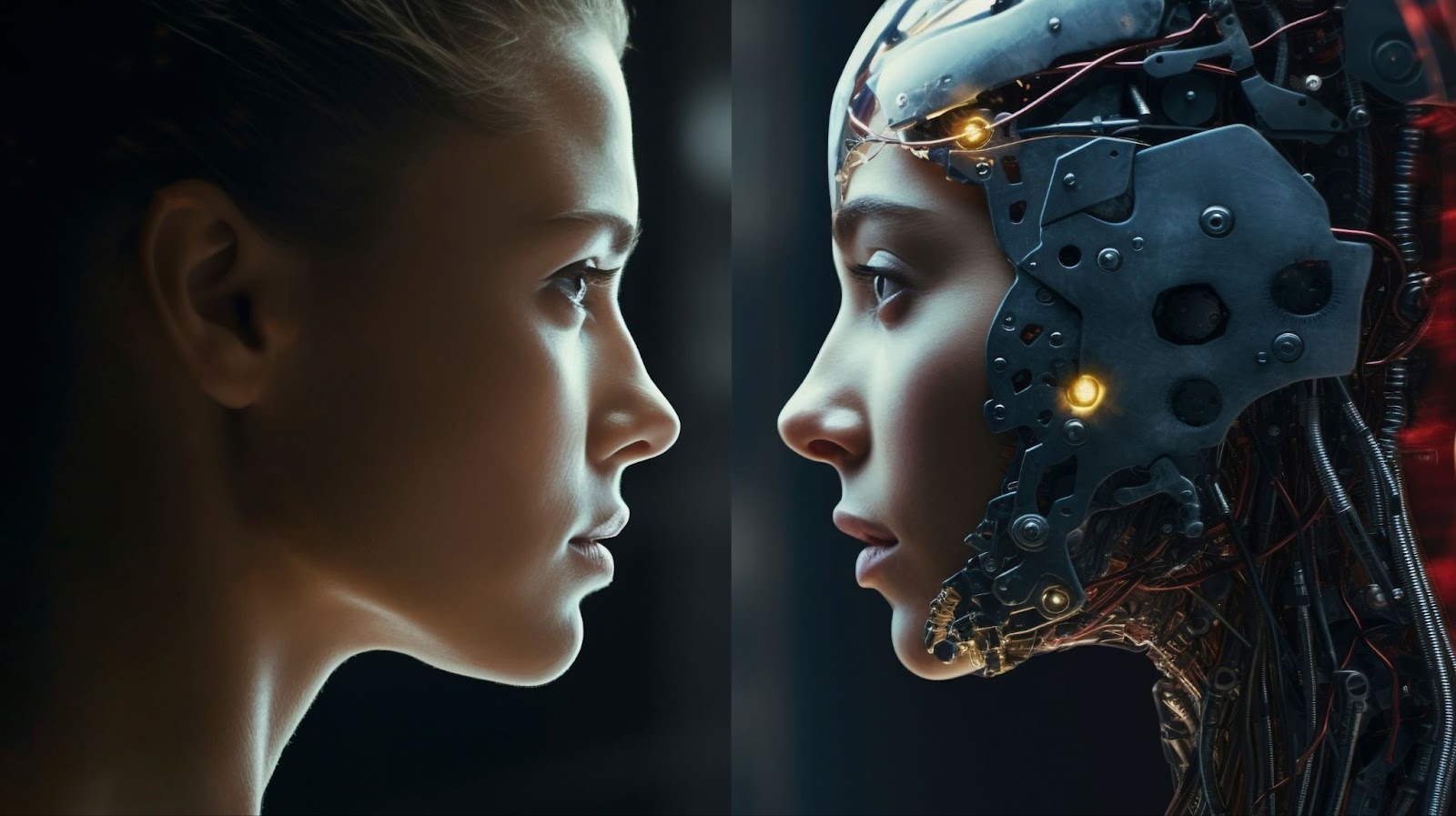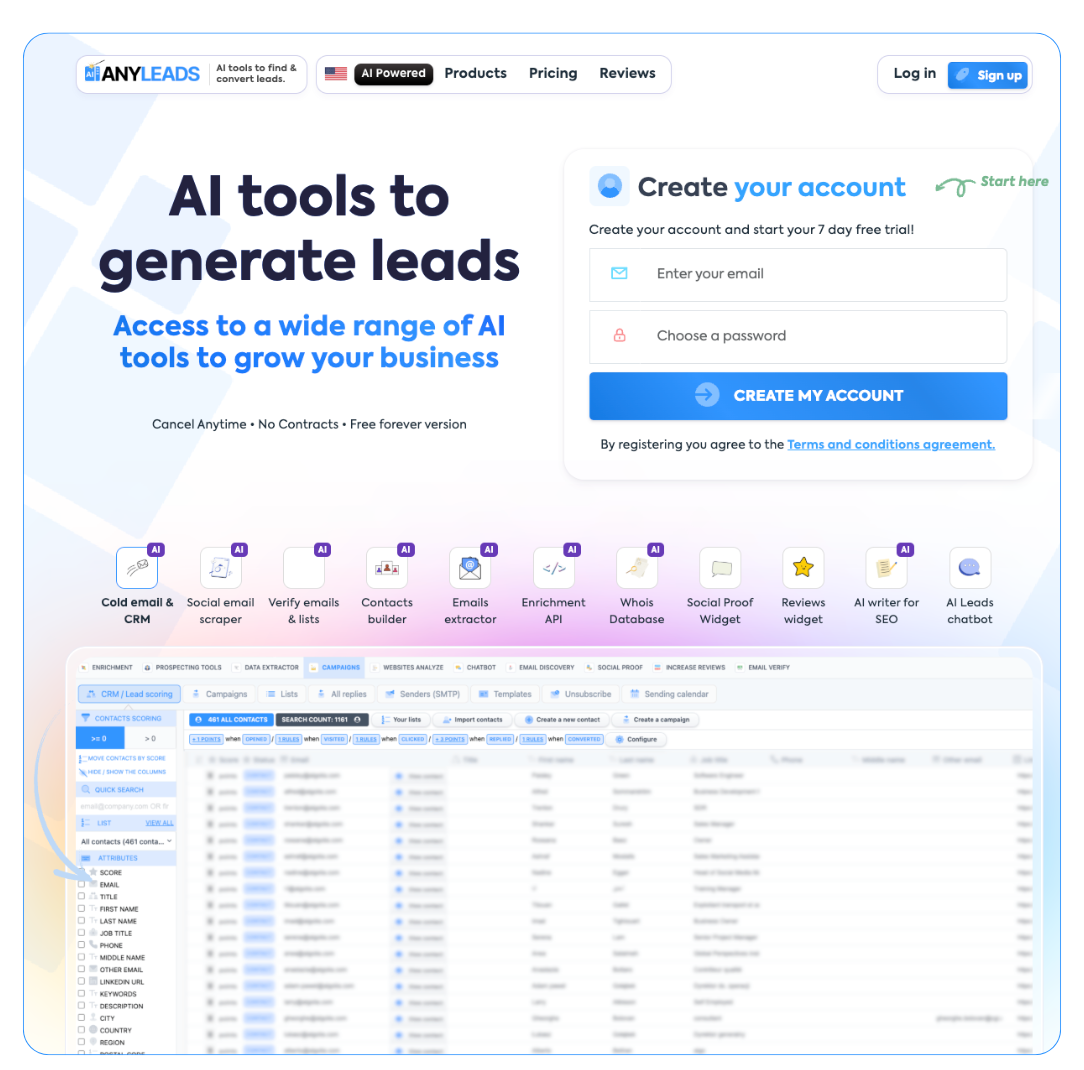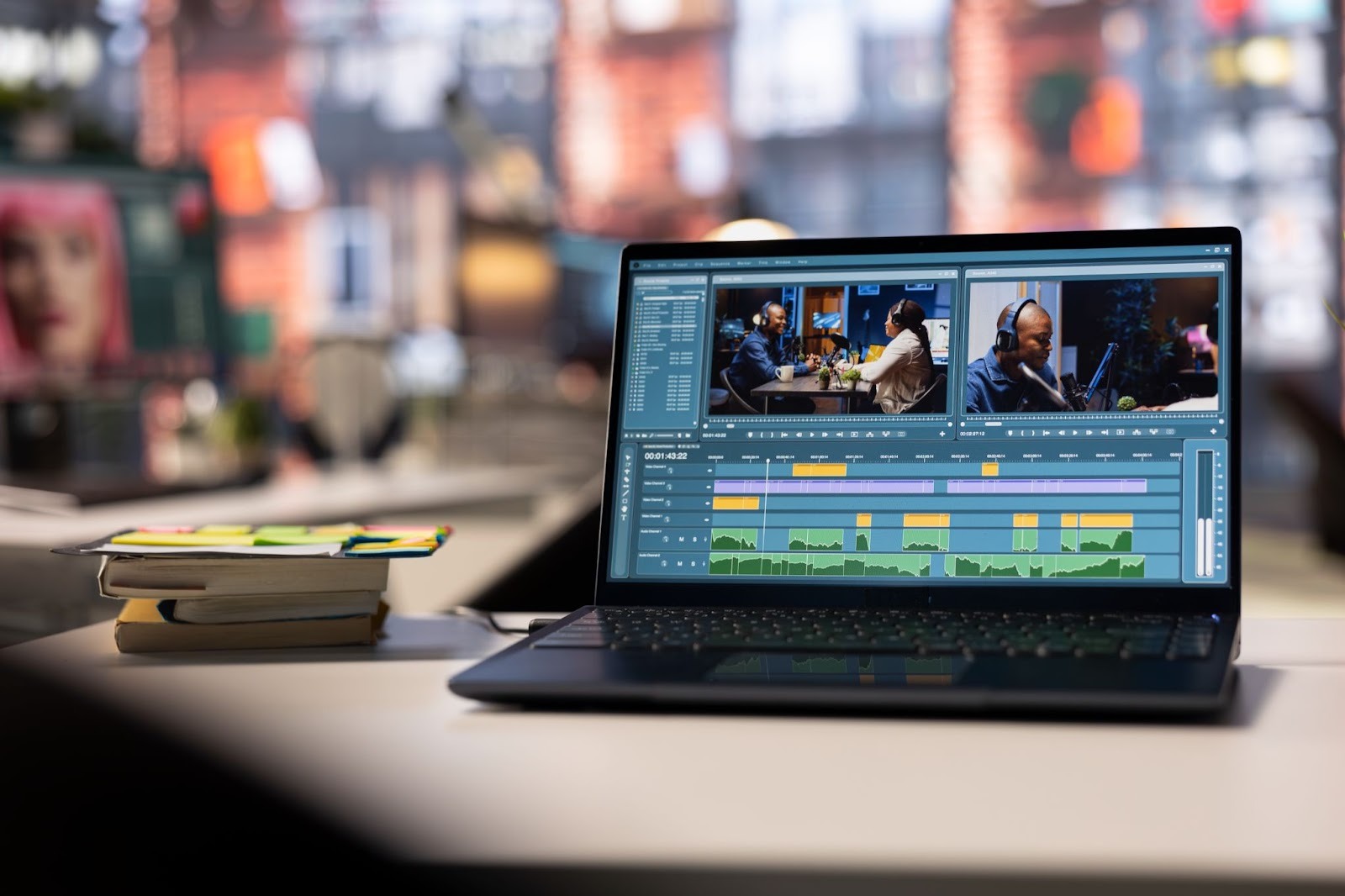 LIMITED SPOTS
All plans are 30% OFF for the first month! with the code WELCOME303
LIMITED SPOTS
All plans are 30% OFF for the first month! with the code WELCOME303

 LIMITED SPOTS
All plans are 30% OFF for the first month! with the code WELCOME303
LIMITED SPOTS
All plans are 30% OFF for the first month! with the code WELCOME303


Video content has become the dominant medium for communication, marketing, and storytelling across virtually every industry. Yet for all the advances in camera technology and distribution platforms, the actual process of editing video has remained stubbornly labour-intensive and technically demanding.
Professional editors spend years mastering complex software interfaces, learning the nuances of pacing and rhythm, and developing the instinct for what works. Even experienced professionals find themselves spending hours on tasks that feel repetitive and mechanical: trimming clips, syncing audio, adding captions, adjusting framing for different output formats.
This creates a significant bottleneck. Organizations have valuable video content sitting unused because they lack the editing resources to transform raw footage into polished, distributable assets. Educational institutions struggle to create engaging course materials. Businesses sit on hours of recorded presentations, interviews, and training sessions that could provide immense value if properly edited and packaged.
The emergence of artificial intelligence in video production is fundamentally changing this equation. We're not talking about minor productivity improvements or simplified interfaces. AI is introducing entirely new paradigms for how video gets analyzed, edited, and finished, making professional-quality results accessible to a much broader range of users while dramatically accelerating workflows for experienced editors.
Understanding the impact of AI requires examining where traditional workflows break down. Video editing involves multiple distinct phases, each demanding different skills and consuming substantial time.
The review phase alone can be overwhelming. You've recorded an hour-long interview or presentation. Before making a single edit, you need to watch the entire piece, taking notes on interesting moments, technical issues, pacing problems, and usable segments. This review often takes longer than the recording itself.
Then comes the actual editing work. You're cutting clips, arranging them on a timeline, adding transitions between segments, colour-correcting footage to ensure consistency, adjusting audio levels, and removing background noise. Each task requires numerous clicks, adjustments, and previews to get right.
Modern distribution demands multiple output formats. That same video needs to work as a full-length piece on YouTube, shorter segments for LinkedIn, vertical clips for Instagram Stories, and perhaps even audio-only versions for podcast platforms. Each format requires separate editing passes with different aspect ratios, pacing adjustments, and optimizations.
Captioning and transcription add another layer of work. Manual transcription is prohibitively time-consuming. Even with automated transcription services, you're still positioning captions, adjusting timing, and ensuring readability across different backgrounds and lighting conditions.
For organizations producing video regularly, these bottlenecks compound. The editing queue grows faster than the team can process it. Valuable content sits unused while editors struggle to keep up. The time lag between recording and publishing means content loses relevance and timeliness.
Artificial intelligence attacks these bottlenecks by handling the mechanical and analytical work that humans find tedious but machines excel at. Modern AI video tools don't just speed up existing processes. They introduce fundamentally different approaches to how video gets produced.
Content understanding represents the most significant breakthrough. Traditional editing software treats your video as a sequence of frames with no understanding of what's actually happening. An AI system can analyze the entire piece to understand narrative structure, identify key moments, recognize speakers, detect emotional peaks, and map how ideas flow throughout the content.
This deep analysis enables intelligent automation. Instead of manually scrubbing through hours of footage looking for interesting moments, the AI identifies them automatically. It recognizes when a speaker makes an important point, when energy and engagement peak, when a clear explanation occurs, or when a compelling story emerges.
The implications are profound for anyone working with long-form content. Upload a recorded webinar, training session, or interview, and AI video editing technology can automatically identify the most valuable segments, generate finished clips with appropriate captions and transitions, and optimize them for different distribution channels. What used to require days of editing work happens in minutes.
Audio processing has seen particularly impressive AI advances. Background noise removal, echo cancellation, and level balancing happen automatically with results that rival expensive post-production studios. The AI can distinguish between speech and background sounds with remarkable accuracy, cleaning up recordings made in less-than-ideal environments.
Multi-speaker scenarios benefit enormously from AI capabilities. The technology can identify different speakers, track them as they move, maintain proper framing for each person, and even generate speaker labels and attributions automatically. Panel discussions and interview content that would traditionally require careful manual editing get processed efficiently with minimal human intervention.



The machine learning models powering modern AI video editors represent years of research and development across multiple domains. Computer vision algorithms analyze visual content frame by frame, identifying objects, people, movements, and scene changes. Natural language processing examines audio tracks to understand speech content, context, and semantic meaning.
These different analytical streams feed into decision-making models trained on massive datasets of professionally edited video. The AI learns patterns: what makes a good cut, when transitions should occur, how to maintain visual continuity, which moments typically engage audiences, and how professional editors structure content.
The training process involves showing the AI thousands of hours of both raw footage and finished edits, allowing it to learn the relationships between source material and polished output. Over time, the models develop sophisticated understanding of video production principles without being explicitly programmed with rules.
Cloud processing infrastructure makes this computationally intensive work practical. Video analysis that would take hours on a desktop computer happens in minutes on distributed server networks optimized for machine learning workloads. Users upload their footage, and powerful remote systems handle the processing, returning finished results ready for review and distribution.
The architecture also enables continuous improvement. As more users process video through these platforms, the systems gather data on what works and what doesn't. Models get updated with improved accuracy and capabilities. Features that required manual adjustment initially become increasingly automated as the AI learns from accumulated experience.
Different sectors are finding unique value in AI video editing capabilities, often in ways that weren't economically viable with traditional production approaches.
Corporate communications teams use AI to transform recorded presentations and town halls into polished, distributable content. Executive messages that would traditionally require expensive production resources now get edited quickly in-house. The consistency and quality remain high because the AI applies professional principles reliably.
Educational institutions are creating course libraries at unprecedented scale. Recorded lectures become segmented modules with automatic chapters, captions, and supplementary materials. Professors who previously avoided video because of production complexity now incorporate it regularly because the editing burden has disappeared.
Training and development departments find particular value in AI's ability to update and maintain video libraries. When policies change or procedures get updated, relevant segments can be identified and replaced without re-editing entire videos. The AI handles the technical work of maintaining continuity and consistency across modifications.
Marketing agencies leverage AI to repurpose campaign content efficiently. A single video shoot generates dozens of variations optimized for different platforms, audiences, and contexts. The AI handles the mechanical work of reformatting and optimization, while creative teams focus on strategy and messaging.
Podcast producers have discovered AI tools dramatically expand their content reach. Audio-first content gets transformed into video formats with appropriate visual elements, captions, and platform-specific optimizations. This video presence drives discovery and growth without requiring separate video production workflows.

Despite impressive capabilities, AI video editing tools have limitations worth understanding. Creative judgment remains firmly in the human domain. The AI excels at mechanical execution and pattern recognition but struggles with nuanced creative decisions requiring cultural context, brand understanding, or strategic thinking.
Complex narrative structures can challenge automated systems. Documentary-style content with deliberate pacing, carefully constructed arguments, or sophisticated visual storytelling often requires human editorial judgment. The AI provides excellent assistance but can't replace skilled editors on projects where creative vision drives the work.
Industry-specific terminology and context sometimes confuse AI systems trained on general content. Technical presentations, medical content, or specialized business communications may require additional human review to ensure accuracy and appropriate emphasis.
Quality control remains essential. While AI-generated edits often work brilliantly straight out of the system, reviewing output before distribution is prudent. The technology is powerful but not infallible, and maintaining standards requires human oversight.
Privacy and data security considerations matter for sensitive content. Organizations working with confidential information need to understand how cloud-based AI systems handle data, where processing occurs, and what retention policies apply.


The trajectory of AI video editing points toward increasingly sophisticated capabilities. Current systems handle mechanical editing tasks brilliantly. Near-term developments will tackle more complex creative challenges.
Style transfer technology will let users define a visual aesthetic once and apply it consistently across entire video libraries. Brand guidelines that currently require manual enforcement will get automatically applied by AI that understands your organization's visual identity.
Collaborative AI will actively assist human editors rather than just automating tasks. Imagine an editing assistant that suggests cuts, recommends B-roll placement, and highlights potential pacing issues while you maintain full creative control.
Real-time processing will eliminate the upload-and-wait workflow. As recording happens, AI will begin analysis, providing instant feedback on quality issues, suggesting improvements, and preparing initial edits before you've even finished capturing footage.
Integration with other production tools will create seamless workflows. Script-to-video capabilities will evolve, letting content creators outline their message and have AI suggest visual approaches, source appropriate footage, and assemble initial cuts automatically.

Organizations considering AI video editing tools should approach implementation strategically. Starting with a pilot project using non-critical content lets teams learn the technology's capabilities and limitations without pressure.
Identifying the right use cases matters enormously. AI excels at certain content types and workflows while adding less value to others. Long-form content that needs repurposing, high-volume production scenarios, and content requiring multiple format variations benefit most obviously.
Training staff on effective AI collaboration produces better results than simply replacing existing workflows. Understanding how to guide the AI, when to accept automated suggestions, and when to intervene manually creates an efficient hybrid approach.
Measuring success appropriately helps justify investment and guide optimization. Time savings matter, but so do quality improvements, increased output volume, and expanded distribution reach. Tracking multiple metrics provides clearer understanding of AI's impact.
Artificial intelligence is dismantling the traditional barriers to professional video production. What once required specialized skills, expensive software, and considerable time investment is becoming accessible to anyone with valuable content and basic technical literacy.
This democratization doesn't diminish the value of skilled video editors. Rather, it frees them from mechanical tasks to focus on creative work requiring human judgment and vision. It also enables organizations to finally leverage video content that previously sat unused due to editing bottlenecks.
The technology continues advancing rapidly. Systems that seem impressive today will look primitive compared to capabilities emerging in the next few years. But the current generation of AI video tools already delivers transformative value for organizations ready to embrace them.
For anyone struggling with video production backlogs, limited editing resources, or the challenge of maintaining consistent video output, AI editing tools offer practical solutions worth serious evaluation. The question isn't whether to adopt these technologies, but rather how quickly you can integrate them into your workflows before competitors gain the advantage.